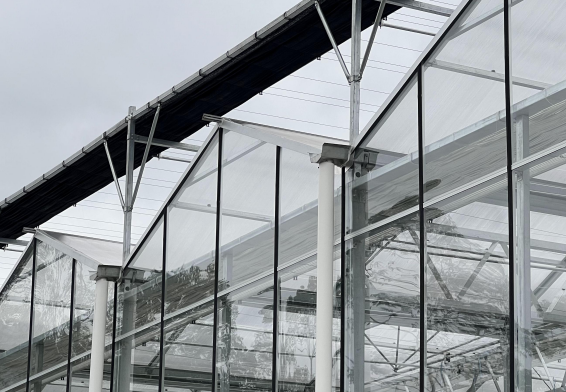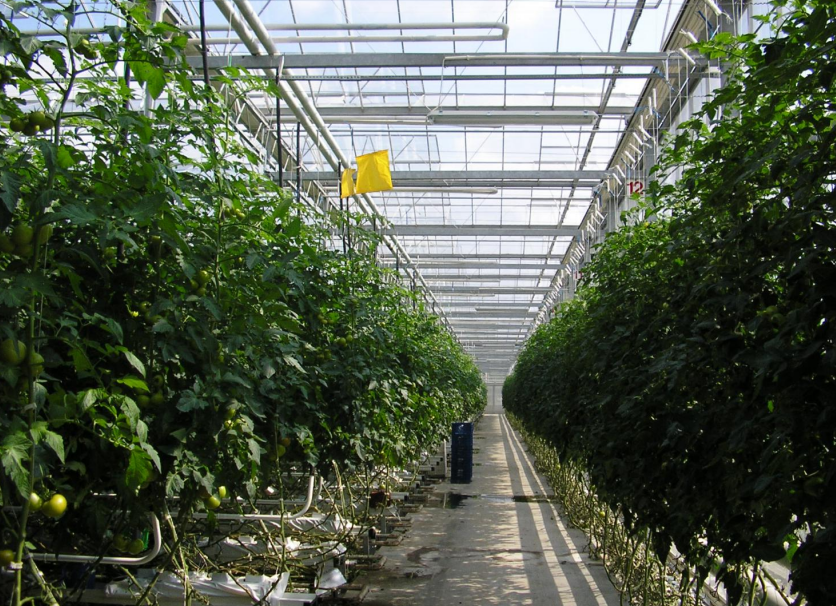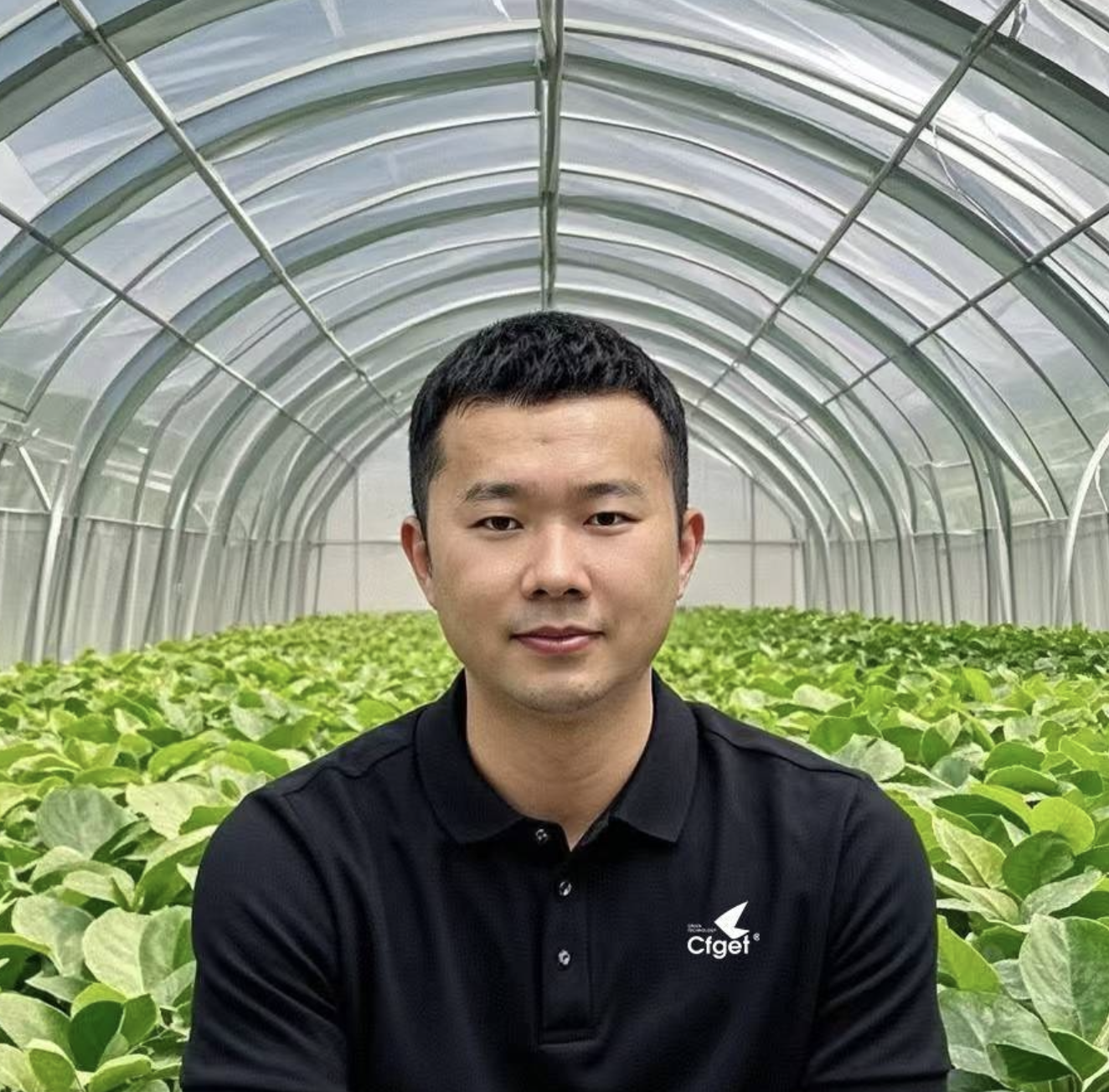Greenhouses are designed to optimize environmental factors such as temperature, humidity, and light, to promote plant growth. Among the key elements of greenhouse design, the roof plays a crucial role. Slanted roofs are commonly used in greenhouses for various practical reasons. This design is not only aesthetically appealing but also highly functional. As a leading greenhouse solution provider, Chengfei Greenhouses is committed to offering the most suitable and scientifically backed greenhouse designs for all our clients.
1. Better Drainage
Greenhouse roofs are typically made of glass or transparent plastic, materials that allow ample sunlight but tend to accumulate water. Standing water not only increases the weight on the roof but may also damage the structure. A slanted roof helps rainwater drain off quickly, preventing water accumulation. This design ensures that greenhouses in regions with heavy rainfall maintain a dry roof and avoid moisture buildup, which can significantly extend the lifespan of the greenhouse. Chengfei Greenhouses takes local climate conditions into account, ensuring that our designs offer optimal drainage systems.
2. Improved Light Efficiency
One of the primary functions of a greenhouse is to provide sufficient light for plant growth. A slanted roof can improve the efficiency of sunlight usage. As the angle of the sun changes with the seasons, a slanted roof can capture more sunlight, especially during the winter months when sunlight is lower in the sky. This allows for more light to enter the greenhouse, increasing both the duration and intensity of light exposure, thus supporting healthier plant growth. Chengfei Greenhouses adjusts the roof angles according to the specific light needs of different regions, ensuring that plants always receive the best possible light conditions.


3. Enhanced Ventilation
Good ventilation is essential for maintaining a healthy greenhouse environment. Slanted roofs facilitate air circulation inside the greenhouse. Warm air rises while cool air sinks, and the slanted roof design helps air flow naturally, preventing the buildup of humidity. This design helps maintain balanced temperature and humidity levels within the greenhouse, reducing the risk of plant diseases and pest infestations. Chengfei Greenhouses always incorporates optimized ventilation systems in its designs to ensure that every greenhouse maintains a healthy airflow.
4. Greater Structural Stability
Greenhouses often need to withstand strong winds or heavy snow, especially in areas prone to harsh weather conditions. The roof’s stability is critical. A slanted roof helps distribute external pressure across the structure, relieving stress on any single part and enhancing the overall stability of the greenhouse. This design minimizes the risk of damage caused by wind or snow accumulation. Chengfei Greenhouses pays special attention to regions with high wind speeds or heavy snowfall, designing slanted roofs that are robust enough to withstand extreme weather while keeping the greenhouse structure intact.
5. More Efficient Use of Space
Space utilization is another important consideration in greenhouse design. Slanted roofs provide additional vertical space, which is especially useful for growing plants that require height. The angled design of the roof ensures that the greenhouse space is used more efficiently, minimizing wasted areas. Chengfei Greenhouses tailors the slant of the roof and the overall height of the structure to meet the specific growth needs of different crops, ensuring that every square meter is optimized for plant health and productivity.
Welcome to have a further discussion with us.
Email:info@cfgreenhouse.com
Phone:(0086)13980608118

Post time: Apr-09-2025






 Click to Chat
Click to Chat